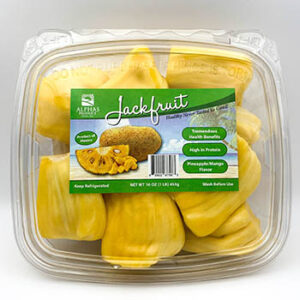Kaki persimmons, often referred to simply as persimmons, are a delectable fruit known for their rich flavor and vibrant orange color. They are highly prized across the globe, particularly in East Asia, the Mediterranean, and American culinary scenes, for their versatility and health benefits. Here’s an all-encompassing look at the kaki persimmon.
Origins and Types
Kaki persimmons (Diospyros kaki) originate from East Asia, having been cultivated in China for centuries before spreading to Korea, Japan, and beyond. The word “kaki” is of Japanese origin, where the fruit holds significant cultural importance. There are numerous varieties of kaki persimmons, but they can broadly be categorized into two main types based on their astringency:
- Astringent Persimmons (Hachiya): These are acorn-shaped and contain high levels of tannins until fully ripe. They are incredibly astringent when unripe and are best eaten when the flesh is soft and jelly-like.
- Non-Astringent Persimmons (Fuyu): These are tomato-shaped and can be eaten while still firm. They possess a sweet, mild flavor without the astringent quality of their counterparts.
Nutritional Profile
Kaki persimmons are not just tasty; they are also packed with nutrients. They are a good source of vitamins A and C, which are essential for immune function, vision, and skin health. Additionally, they provide dietary fiber, which aids in digestion, and contain various antioxidants that help combat oxidative stress and inflammation.
Culinary Uses
The versatility of kaki persimmons allows them to be enjoyed in numerous ways, depending on their type and ripeness:
- Raw: Non-astringent persimmons like Fuyu can be eaten raw, sliced in salads, or added to fruit bowls.
- Cooked: Astringent varieties like Hachiya are excellent for cooking and baking once fully ripe, finding their way into jams, pies, and puddings.
- Dried: Drying persimmons is a traditional method that concentrates their sweetness, making for a chewy, delicious snack.
Health Benefits
The nutritional content of kaki persimmons translates into several health benefits:
- Heart Health: The fiber, antioxidants, and potassium in persimmons can support heart health by reducing cholesterol levels and blood pressure.
- Vision Protection: Vitamin A plays a crucial role in protecting the eyes and improving vision.
- Immune Support: The high vitamin C content boosts the immune system, helping to fend off colds and infections.
Cultivation
Kaki persimmons grow on trees that can reach heights of up to 7 meters. They are hardy plants that prefer temperate climates and can tolerate a range of soil types, although they thrive in well-drained, fertile soils. The fruit typically ripens in the late fall, providing a splash of color to the landscape and a delicious harvest.
Conclusion
Kaki persimmons offer a unique combination of flavors, textures, and health benefits that make them a valuable addition to any diet. Whether eaten fresh, dried, or cooked into various dishes, these fruits are a testament to nature’s bounty and culinary versatility. Their rich history and cultivation in various parts of the world only add to the intrigue and appeal of kaki persimmons, making them a fruit worth exploring in your culinary adventures.


